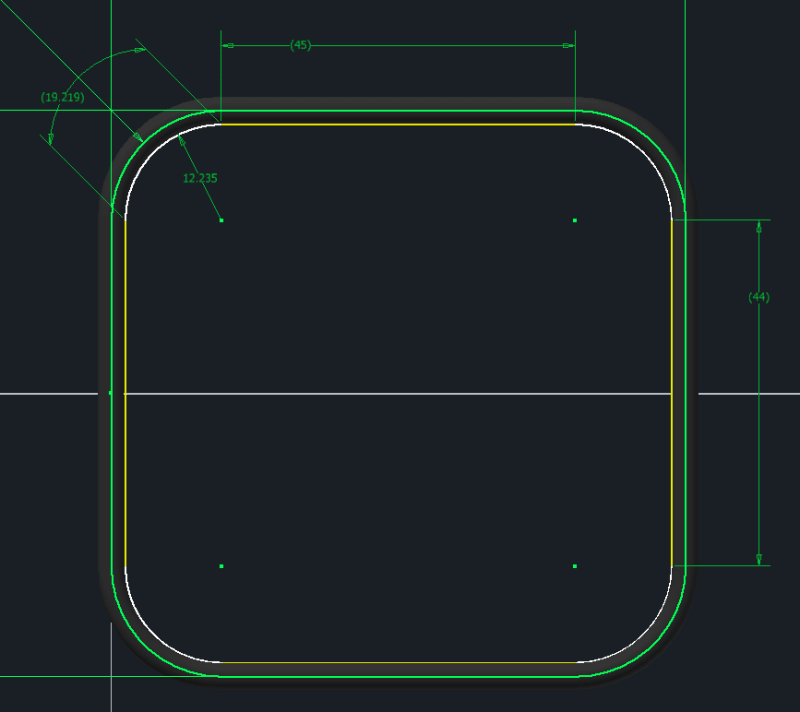-
1
- #1
Zibraz
Mechanical
- Feb 23, 2021
- 27
Is it reasonable to assume that the inner circumference of the O-ring roughly equals the inner perimeter of my O-ring groove? If so I can work out my required diameter and order a few O-rings of roughly that size to increase the odds of getting it right.

The above O-ring has an inner length of roughly 254, so if I select an O-ring of roughly this circumference I should be alright I suspect.

The above O-ring has an inner length of roughly 254, so if I select an O-ring of roughly this circumference I should be alright I suspect.
